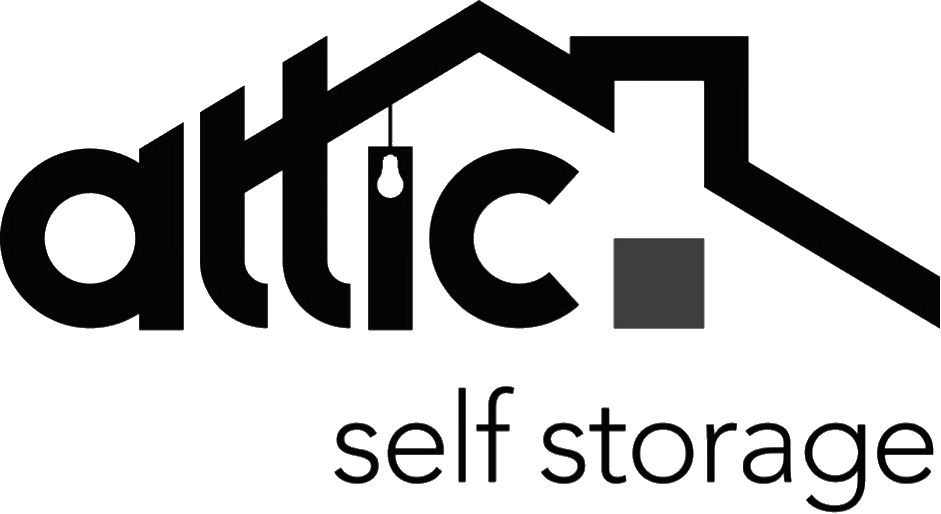Our commitment and legal obligations
We commit to ensuring the communications we produce are clear and accessible to the widest range of people.
We recognise our obligations under The Public Sector Bodies (Websites and Mobile Applications) (No. 2) Accessibility Regulations 2018 and the Equality Act 2010.
Web standards and technologies
We’re working hard to make the website conform to level AA of the World Wide Web Consortium’s (W3C) Web Content Accessibility Guidelines 2.1 (WCAG 2.1). We recognise we have more work to do to achieve this.
This website uses HTML 5 (HyperText Mark-up Language) and CSS (Cascading Style Sheets) to render content. We have also used other technologies including JavaScript on certain areas of the website.
Technical information about this website’s accessibility
This site was tested using a combination of automated accessibility tools and manual testing methods. This included:
- Siteimprove Accessibility Checker browser extension
- WAVE from WebAIM browser extension
- Accessibility Insights for Web browser extension from Microsoft
- Voiceover on Mac
Testing was carried out by members of the Design Against Crime Research Centre at Central Saint Martins.
This website is not compliant with the Web Content Accessibility Guidelines version 2.1 AA standard. The non-accessible sections are listed below.
Known Limitations
It has not been possible to ensure that the website meets WCAG 2.1 (AA) at the current time because:
- Some images may not have alternative text descriptions. Some images contain text and these too may not have alternative text descriptions. Other decorative and spacer images may not have null alternative text.
- Some image links are missing alternative text that states the purpose of the link
- Some areas of the website do not have sufficient colour contrast
- We can’t guarantee the site is entirely navigable using only keyboard or voice input. Some menu dropdowns may not be useable with keyboard navigation.
- Additionally, the website has embedded forms which are not accessible using keyboard navigation. A user may not be able to complete a form if they are solely using a keyboard to navigate.
- Some heading tags such < h2 > are missing information so some headings on the site are blank. Additionally, headings may not always be semantic.
- Some buttons are missing descriptive information and the function of these buttons may not be obvious to users with screen readers.
- The site has a redundant WAI-ARIA attribute
- The site also features many broken ARIA references. For example, an aria-labelled by or aria-described by reference exists but the target for the reference does not exist.
- Our forms have orphaned form labels and these labels are not properly associated with the corresponding form controls.
- Some labelling has incorrect ID reference and form elements are not grouped
- Some landmarks are non-distinguishable
We are working to meet the compliance as specified in The Public Sector Bodies (Websites and Mobile Applications) (No. 2) Accessibility Regulations 2018 by the September 2020 deadline.
Contact us
We’re always looking to improve the accessibility of this website. If you find any problems that aren’t listed on this page or think we’re not meeting the requirements of the accessibility regulations, please contact us at designagainstcrime@csm.arts.ac.uk.
Alternative versions
If you are not able to access a service or content on the website, contact Mary Ashcroft (Design Against Crime Research Centre Administrator). Please include details of the content you need and the required format. We will then work with the team who own the service/content to get you what you need.
Issues and complaints
To report an issue with the website or to make a complaint, please contact Mary Ashcroft (Design Against Crime Administrator) at designagainstcrime@csm.arts.ac.uk.
We aim to provide you with an initial response within 48 hours and will provide clear information about how we will deal with your enquiry.
If you feel we have not answered your complaint satisfactorily, please contact us again. We will escalate your complaint to the director of the Design Against Crime Research Centre, Lorraine Gamman, who will work with the team who provides the service/content to get you a response.
This statement was prepared on Tuesday 31st March 2020.
Enforcement procedure
The Equality and Human Rights Commission (EHRC) is responsible for enforcing the accessibility regulations. If you’re not happy with how we respond to your complaint, contact the Equality Advisory and Support Service (EASS).






